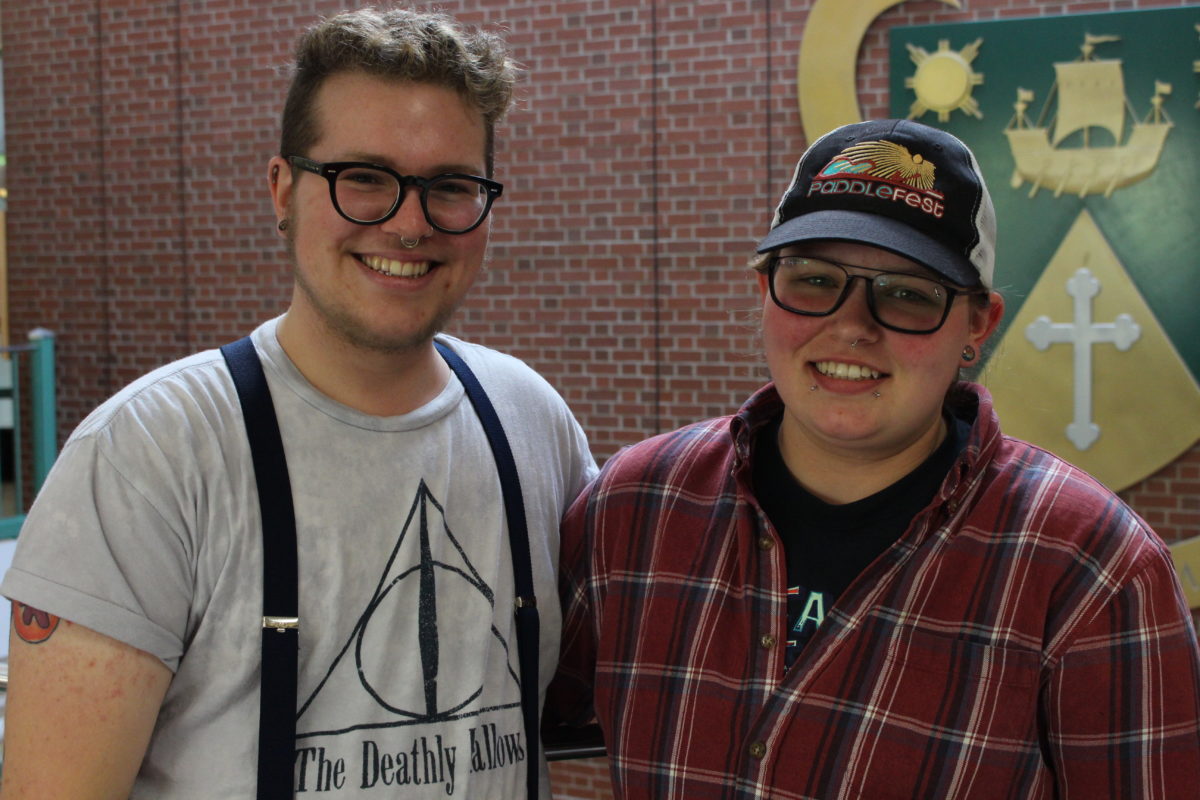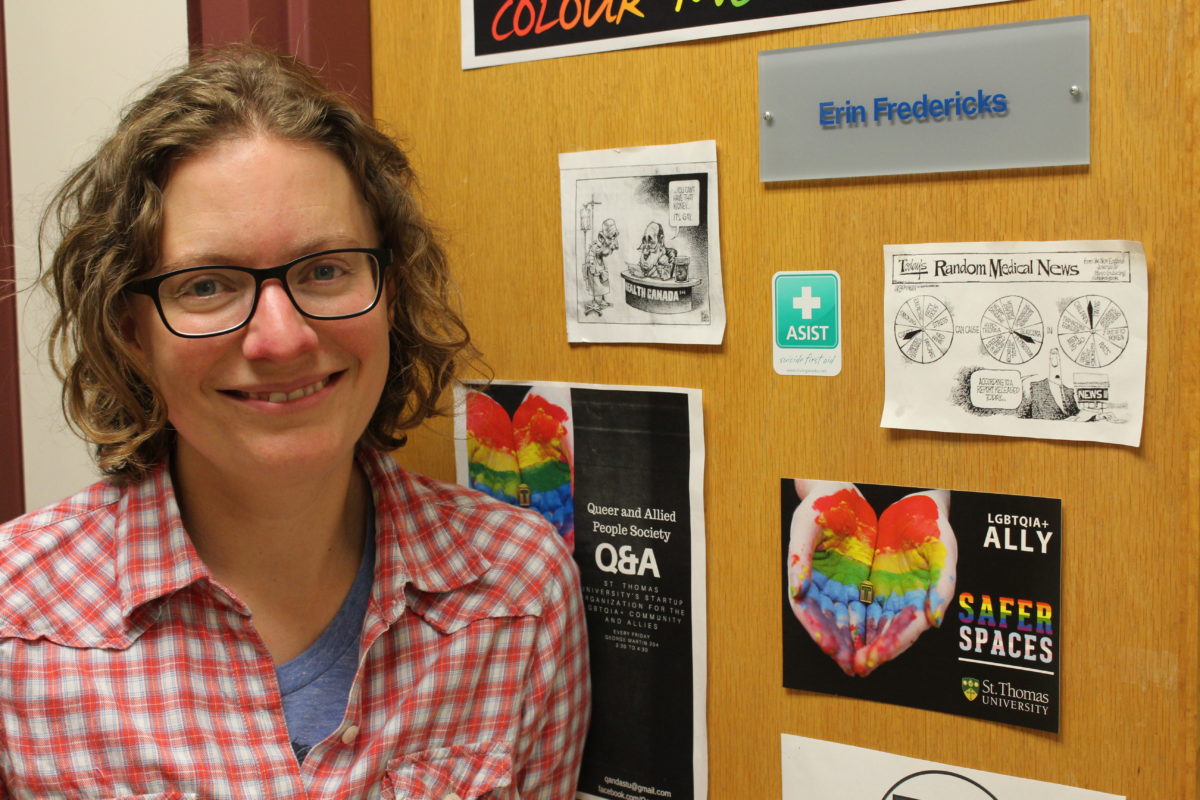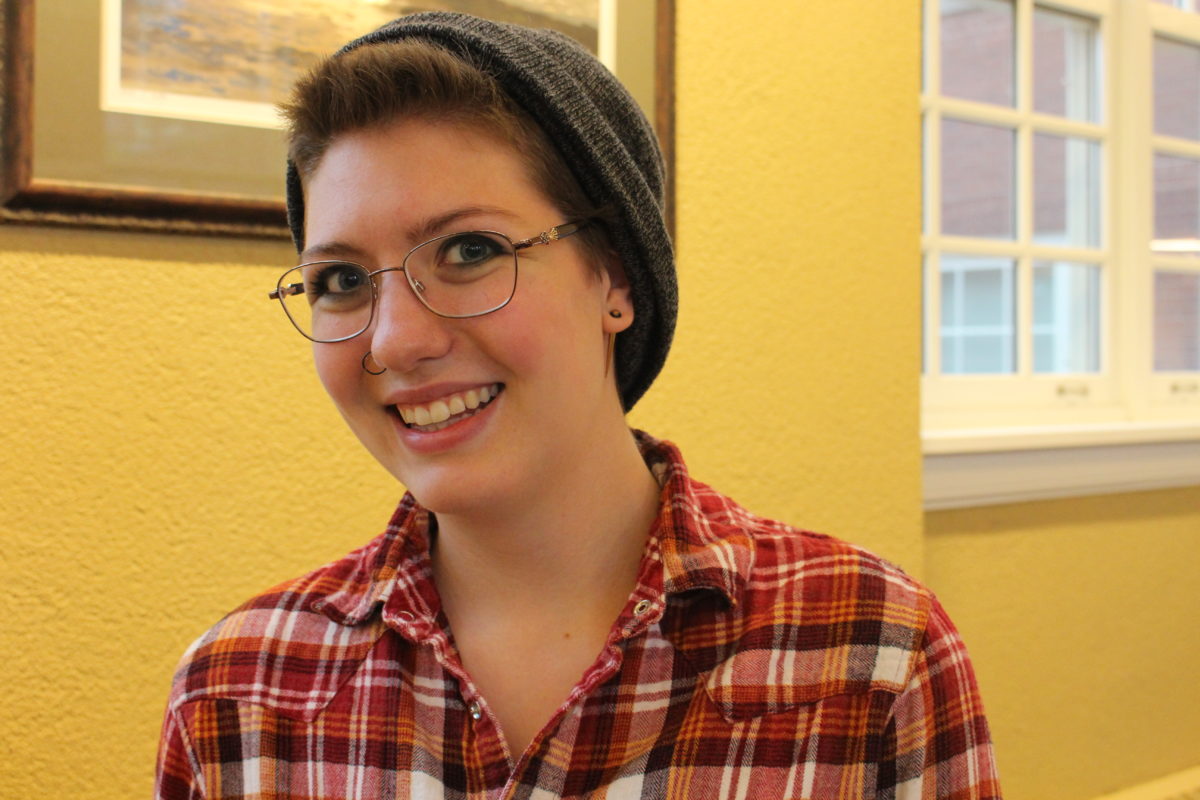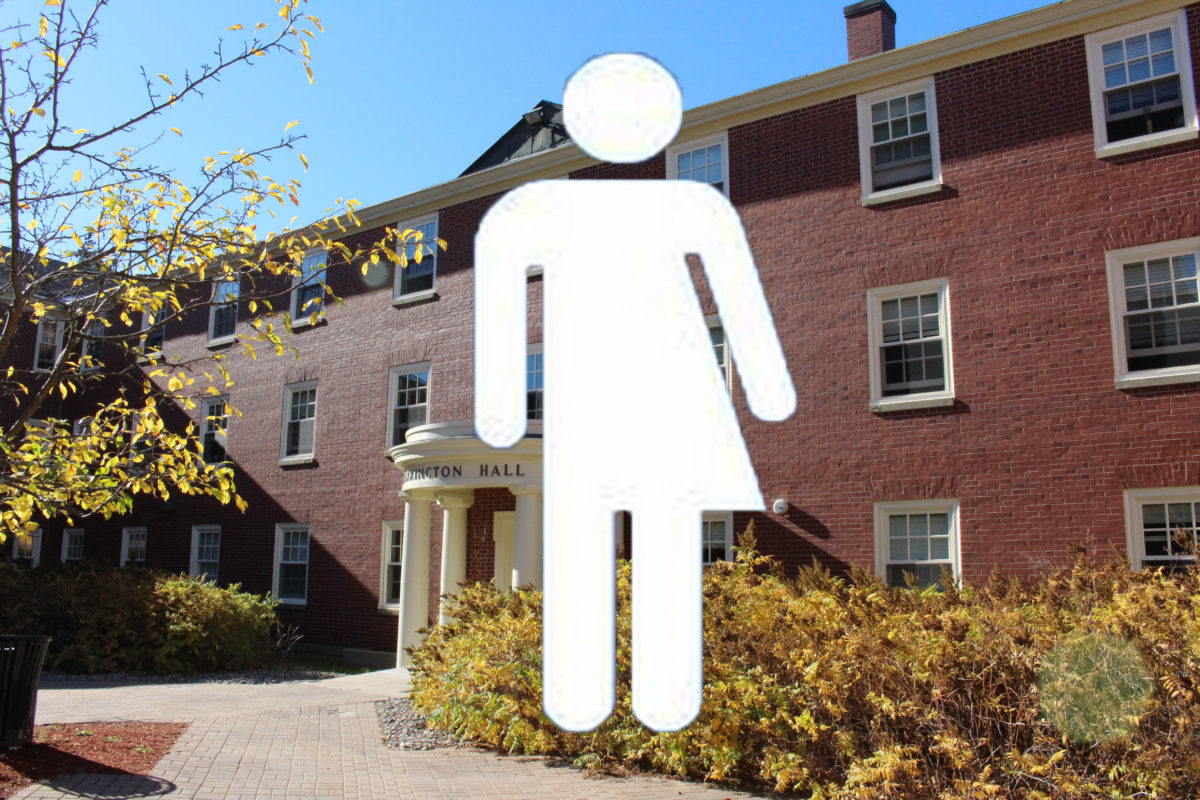Students at St. Thomas University say they’re tired of waiting to have access to all-gender housing.
Fourth-year students Elijah Matheson and Olivier Hébert have been waiting for all-gender housing since starting their degree.
With the creation of the Queer and Allied People’s Society a few years ago came talks of making STU more gender-neutral. This included research on how to implement all-gender housing that would allow people to dorm with whoever they choose, regardless of gender.
“It’s really important to have specifically all-gender housing set up in a way that it’s the norm, so that we don’t alienate students anymore,” said Matheson.
“Even with some gender-neutral options, because it’s not the norm in a lot of residences, it makes people stand out and if you’re already someone who is marginalized, you don’t need that sort of attention.”

Students who register for residence, but identify differently than their gender at birth, must go through a separate process when applying for residence. However, it has become much easier in the past few years.
Gender-neutral washrooms are starting to be inserted across campus, like in the newly-renovated Harrington Hall.
Brock Richardson of student services and residence life said the school wants to learn from these changes before implementing all-gender housing.
“There are power differences and there is marginalization,” said Richardson.
“It seems like some places are just saying, ‘Why don’t we get rid of all this gender segregation?’ But that ignores that there are folks who are really marginalized.”
Richardson wants to keep in mind that changes are being made, but it may take a few years before anything serious happens. He wants to continue to work with students to place them where they feel the most comfortable.
“Students can call us and we will do our best to figure it out, because that’s our intent to make it work.”
Erin Fredericks, the resource advisor for LGBTQ students, has been working with residence life to research ways of implementing all-gender housing, but she said students need to be patient.

“What’s really important for me and the administration is that it works,” said Fredericks.
“I get the frustration of wanting it to move faster, but I think it’s really important for people to know that everyone’s working toward the same goal but it really is because this is a big priority for the university and we want it to go very well.”
Models are currently being developed that would work best for STU, but the administration wants to learn from the recent changes made in Harrington before doing anything serious.
Hébert believes the school should just “bite the bullet.”
“I feel that at this point, it’s not so much the logistical concerns, it’s more so that fear because there could be backlash,” he said.
Second-year student AJ Alward thinks the next logical step for the university is to make all-gender housing a reality.
“There are a lot of [gender-neutral] initiatives already that STU has done and [all-gender housing] is just a logical continuation and I think a necessary continuation,” they said.

In their first year, Alward struggled with their gender identity. Although the university has made changes to accommodate non-binary students, they feel that an all-gender residence is something students need in order to learn about themselves and others.
“As somebody who is part of the gender non-conforming community, it’s really important to have a space where I don’t feel afraid to go use a bathroom and being around people in that same community expands my horizons a little more,” they said.
“And having a space for people who are unaccustomed to having an inclusive environment might be really important for first-year [students].”
The university is working toward making the process easier for non-binary, first-year students to apply for residence with changes made to the application, but all-gender housing may still remain in the works for the next few years.
To accommodate students in the best way possible, residence life is willing to work with students on a case-by-case basis to place them where they feel the most comfortable.
“You tell us what your gender identity is and where you feel comfortable and we will put you in the space where you feel safest,” said Fredericks.
“Considering we don’t have all-gender housing now, I think we’re doing a pretty good job of making people feel like there’s a space.”

